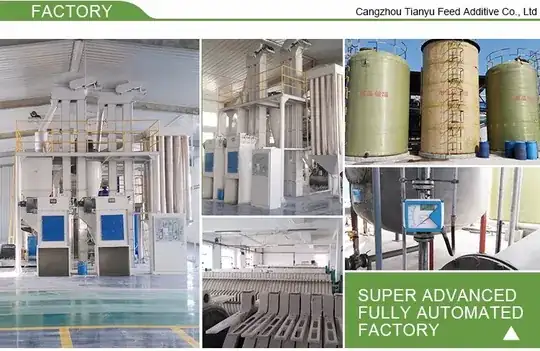Not really.
Lab meat only replaces meat, which is only a small fraction of the global diet, and you still need to farm something to feed the lab meat, so there are few gains. That said someday it could easily become less wasteful than traditional ranching, just because you are not growing the whole cow and by using plants and plant byproducts humans will not eat and even human garbage. Lab mean does not gain you much in terms of total calories however, because as I said you have to feed it something, so you are still dealing with the the massive energy loss going from producer to consumer.
You are still going to use grains for the majority of your calories, the caloric efficiency of grains as producers is hard to beat. Really the globe could feed that population without much problem, the issue would be we would have to convert a much larger portion of the worlds surface into farmland, and start using water intelligently which is going to mean a lot of government oversigt. Aqua culture may be a bigger help than vat meat, since it is literally creating farmable surface, although this will likely only make up for having to farm fuels.
That said 100years is a long time technologically by then we may engineered photosynthetic meat cells, if you have that meat is only a little more costly in terms of energy than vegetables, at which point meat would have a similar efficiency as turnips or avocado. That would certainly lower the load on global agriculture but it will still never replace grains in terms of caloric efficiency.
